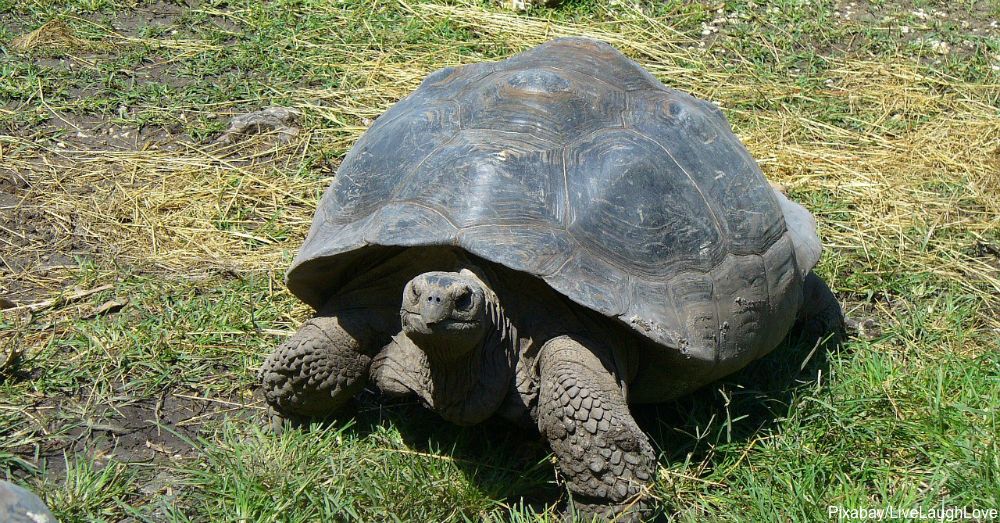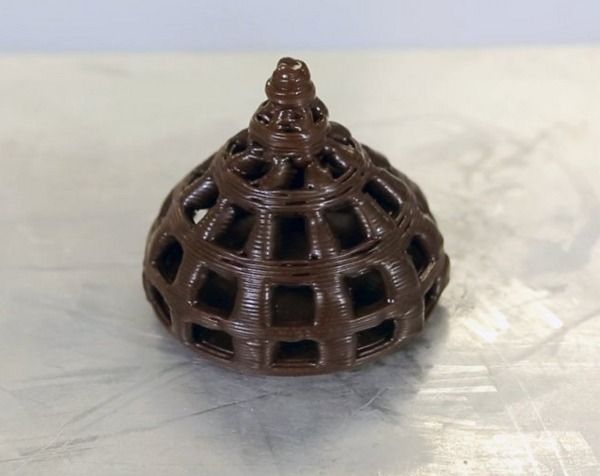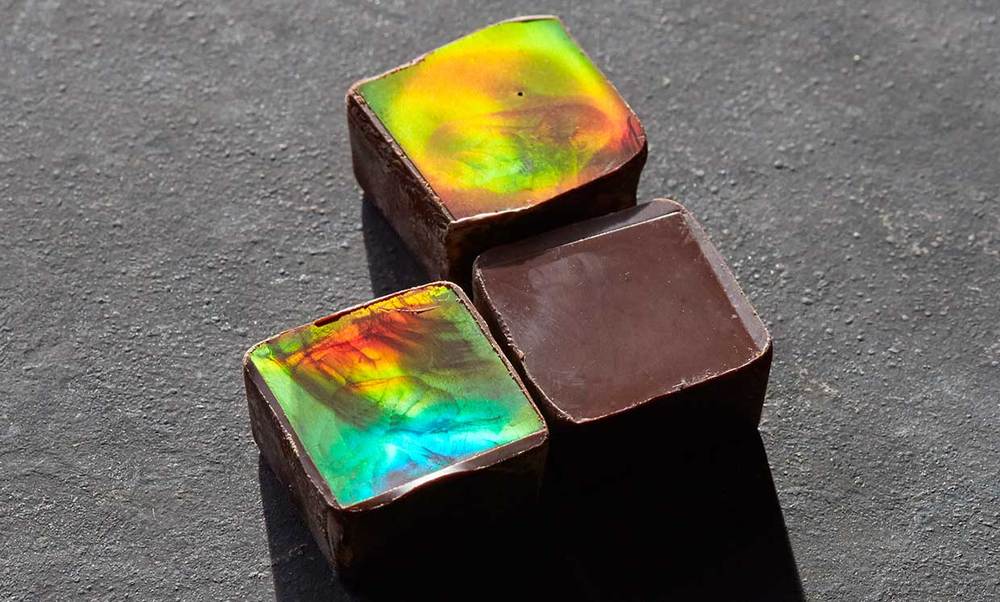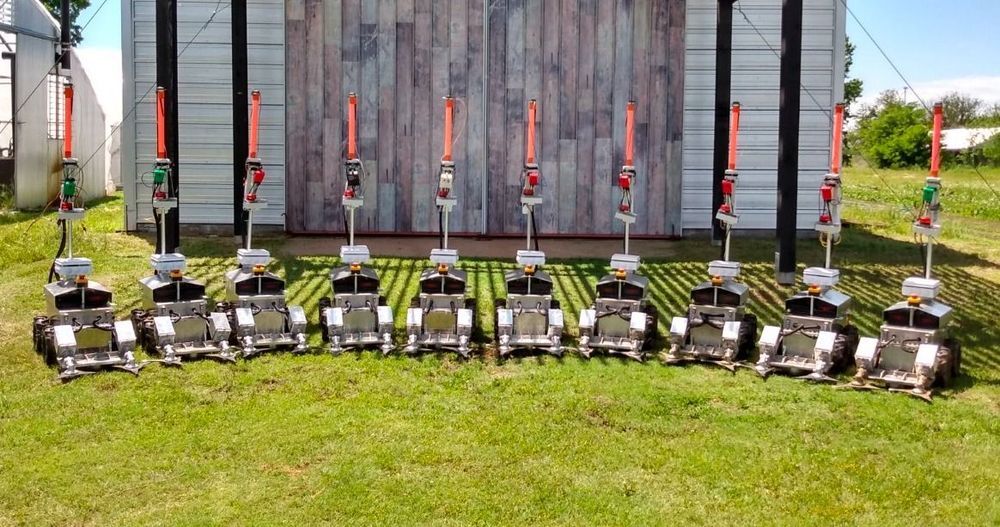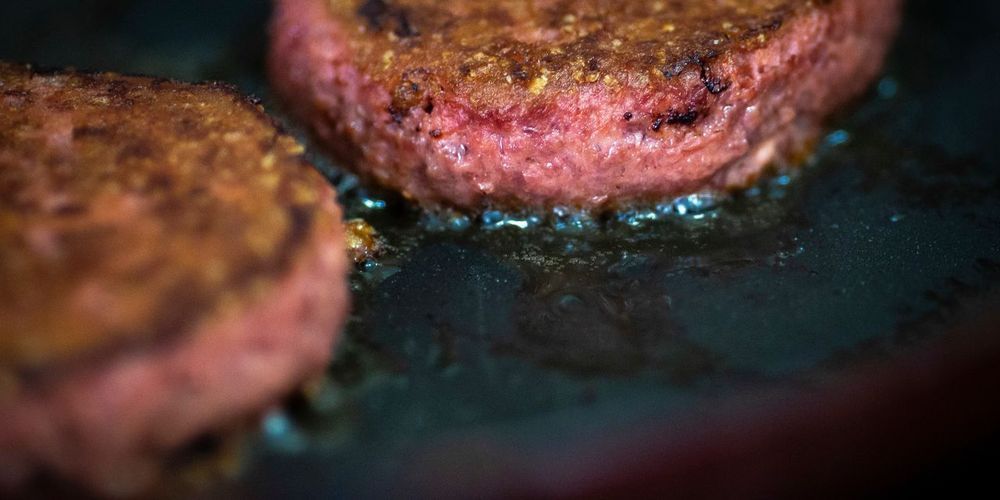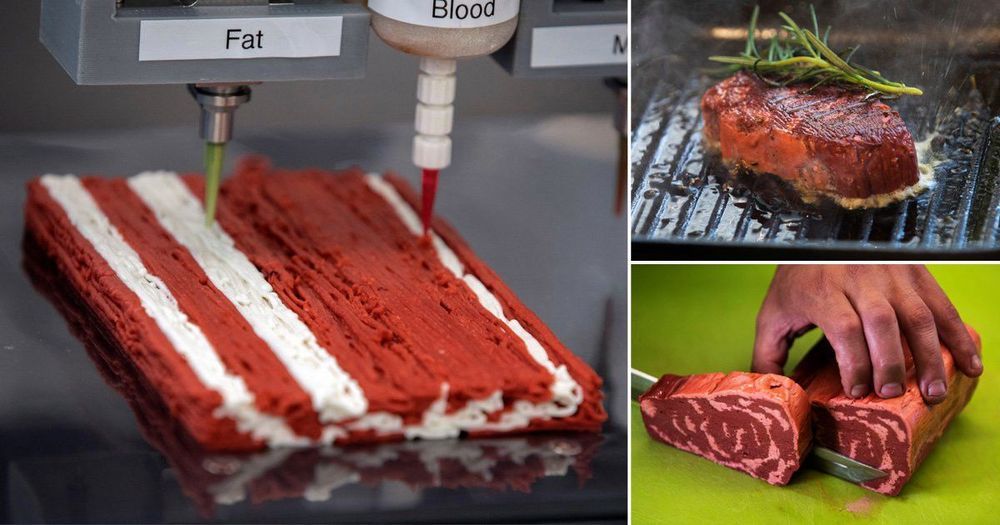Jul 9, 2020
Smart necklace will know you binged on Chunky Monkey
Posted by Saúl Morales Rodriguéz in category: food
There you are wrist deep into a quart of Ben & Jerry’s Chunky Monkey, digging ever deeper. You can’t deny it. Your necklace is recording the ice-cream binge, which it will later dispatch to a coach or dietician.
The aim is not to induce guilt but rather answer the question: “How did you get here?”
Continue reading “Smart necklace will know you binged on Chunky Monkey” »

